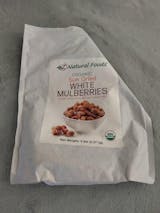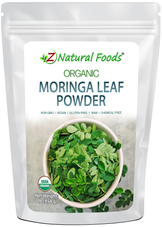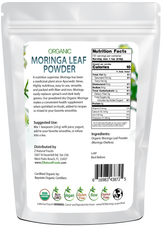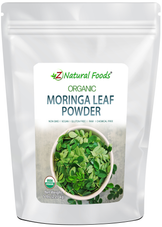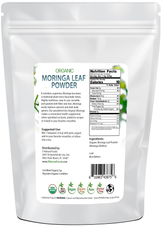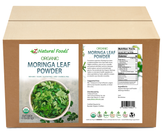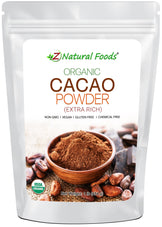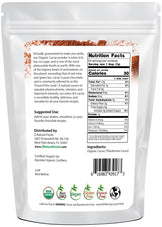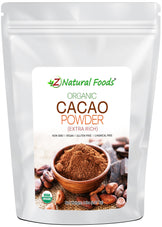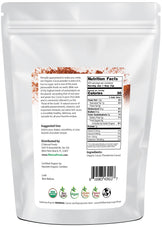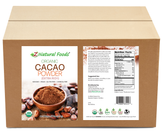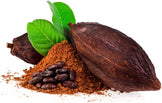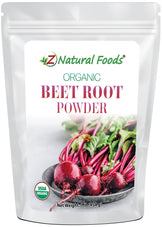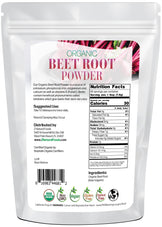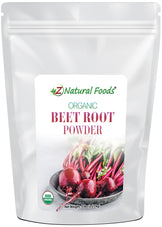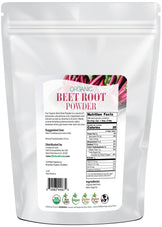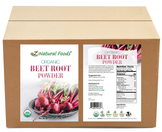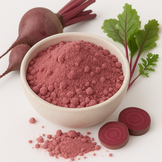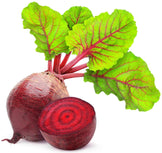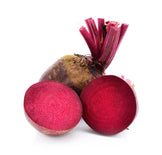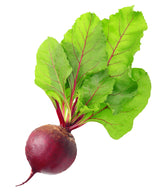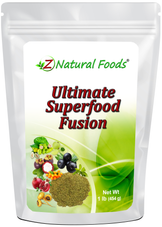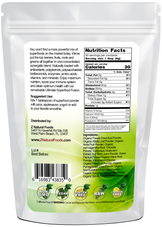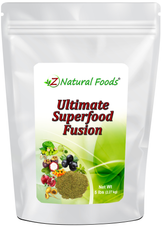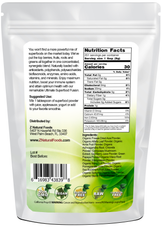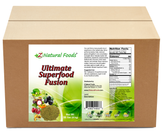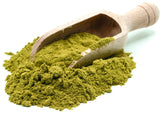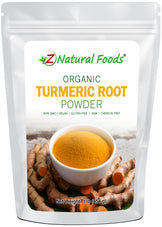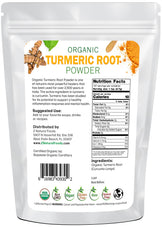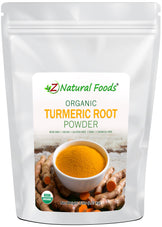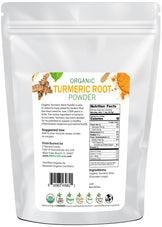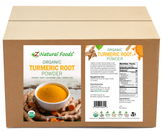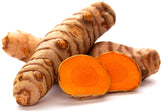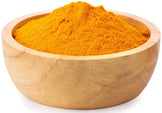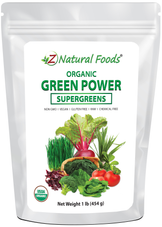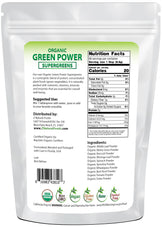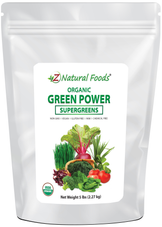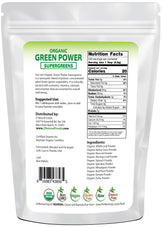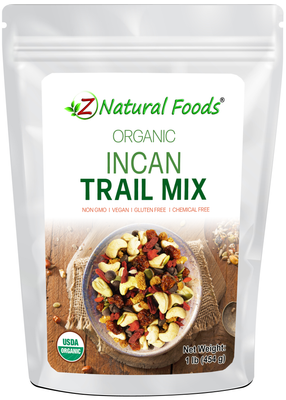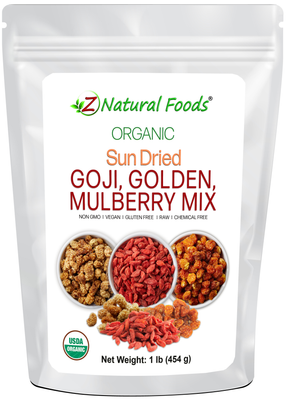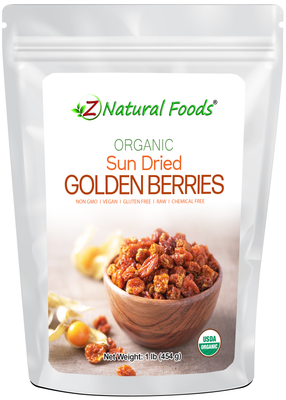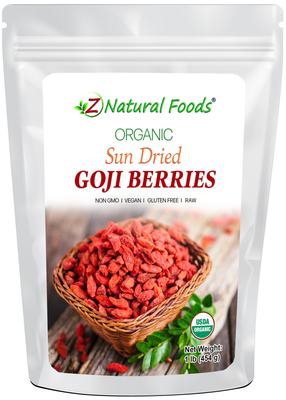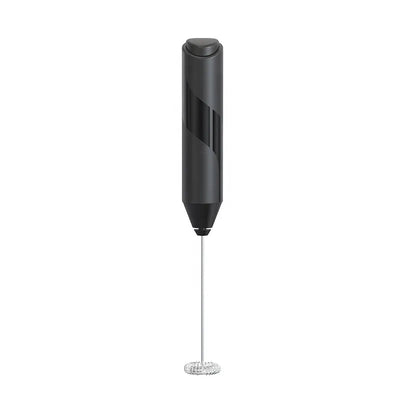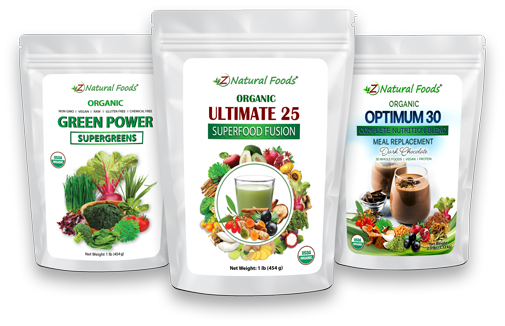The Micronutrition Ingredients of White Mulberry include:
-
Minerals: Calcium, Iron, Magnesium, Phosphorus, Potassium, Zinc, Copper, Manganese, Selenium
-
Vitamins: Vitamin C, Thiamin, Riboflavin, Niacin, Pantothenic Acid, Vitamin B-6, Folate, Choline, Vitamin A (RAE), Beta and Vitamin A (IU), Lutein & Zeaxanthin, Vitamin E, Vitamin K
-
Amino Acids: Aspartic Acid, Glutamic Acid, GABA
-
Phytochemicals: Alkaloids, Polyphenols, Flavonoids, Anthocyanins, Resveratrol, Oxyresveratrol, Cyanidin-3-O-β-glucoside (Cy-3-), Cyanidin-3-O-β-rutinoside (Cy-3-rut), Rutin
-
Bioflavonoid: Rutin, Moracetin, Quercetin-3-Triglucoside, Isoquercitrin
-
Volatile Oil Contains: Acetic acid, Propionic Acid, Butyric acid, Isabutanoic acid, Valeric acid, Isovaleric acid, Hexanoic acid, Isohexanoic acid, Methyl Salicylate, Guaiacol, Phenol, Eugenol
-
Alkaloids: Trigonelline, Choline, Adenine
Suggested Uses: Eat one small handful (1 oz) per day. Add to smoothies, salads, desserts, yogurt, or cereal. Use in homemade trail mixes or energy bars.
Mixing suggestions: To increase flavor and nutritional profile, combined with our pine nuts.
Miscellaneous Facts about our Organic Sun Dried White Mulberries
Certifications: Certified USDA Organic.
Ingredients: Organic Sun Dried White Mulberries Berries.
Botanical Name: Morus alba.
Other Names: White Mulberry.
Origin: Grown and dried in Turkey and packaged with care in Florida, USA.
How to Maintain Optimum Freshness
- This product is packaged in airtight stand-up, resealable foil pouches for optimum freshness.
- Once opened, push the air out of the pouch before resealing it to preserve maximum potency.
- Keep your powder in a cool, dark, dry place.
This product is 100% natural and minimally processed:
Taste, smell, texture, and color vary from batch to batch. Go here to learn why our products may naturally vary.
The important protections we take to bring you safe and nutritious superfoods:
Please go here to discover the essential steps we take to deliver fresh, quality nutrition.
Bulk Quantities?
Need to order a large quantity of our products? We are happy to help! Please get in touch with our Bulk department to discuss the details.
Sources & References
1. "Morus L.". Germplasm Resources Information Network. United States Department of Agriculture. 2009-01-16. Retrieved 2009-03-11.
2. Suttie JM. "Morus alba L.". Plant Production and Protection. Food and Agricultural Organization of the United Nations. Retrieved 20 October 2012.
3. "Red Mulberry". Northeastern Area State & Private Forestry - USDA Forest Service. Retrieved 1 November 2011.
4. Van Gogh V (1889). "Mulberry Tree". van Gogh Collection. Norton Simon Museum, Pasadena, California. Retrieved 20 October 2012.
5. Cui XQ, Wang HQ, Liu C, Chen RY (July 2008). "Study of anti-oxidant phenolic compounds from stem barks of Morus yunanensis" [Study of anti-oxidant phenolic compounds from stem barks of Morus yunanensis]. Zhongguo Zhong Yao Za Zhi (in Chinese) 33 (13): 1569"“72. PMID 18837317.
6. "White mulberry, Morus alba". Ohio Perennial and Biennial Weed Guide. The Ohio State University. Retrieved 20 October 2012.
7. "Toronto's Messy Mulberry Sidewalks.". Fuel Ghoul. Retrieved 31 October 2011.
8. Ombrello, T PhD. "The mulberry tree and its silkworm connection". Department of Biology, Union County College, Cranford, NJ. Retrieved 20 October 2012.
9. "Mulberry silk". Central Silk Board, Ministry of Textiles - Govt of India. 2012. Retrieved 20 October 2012.
10. Wrolstad RE. The possible health benefits of anthocyanin pigments and polyphenolics, Linus Pauling Institute, Oregon State University, 2001 [1].
11. Hou DX (March 2003). "Potential mechanisms of cancer chemoprevention by anthocyanins". Current Molecular Medicine 3 (2): 149"“59. doi:10.2174/1566524033361555. PMID 12630561.
12. Liu X, Xiao G, Chen W, Xu Y, Wu J (2004). "Quantification and Purification of Mulberry Anthocyanins with Macroporous Resins". Journal of Biomedicine & Biotechnology 2004 (5): 326"“331. doi:10.1155/S1110724304403052. PMC 1082888. PMID 15577197.
13. Matus JT, Loyola R, Vega A, et al. (2009). "Post-veraison sunlight exposure induces MYB-mediated transcriptional regulation of anthocyanin and flavonol synthesis in berry skins of Vitis vinifera". Journal of Experimental Botany 60 (3): 853"“67. doi:10.1093/jxb/ern336. PMC 2652055. PMID 19129169.
14. http://www.ars-grin.gov/duke/
15. http://www.ars.usda.gov/main/site_main.htm?modecode=80-40-05-25


































